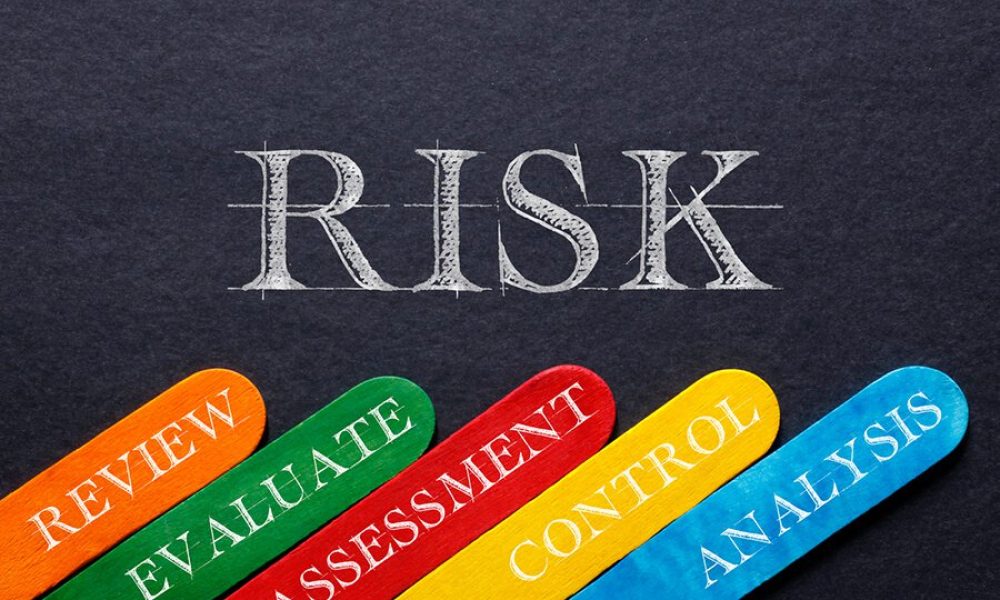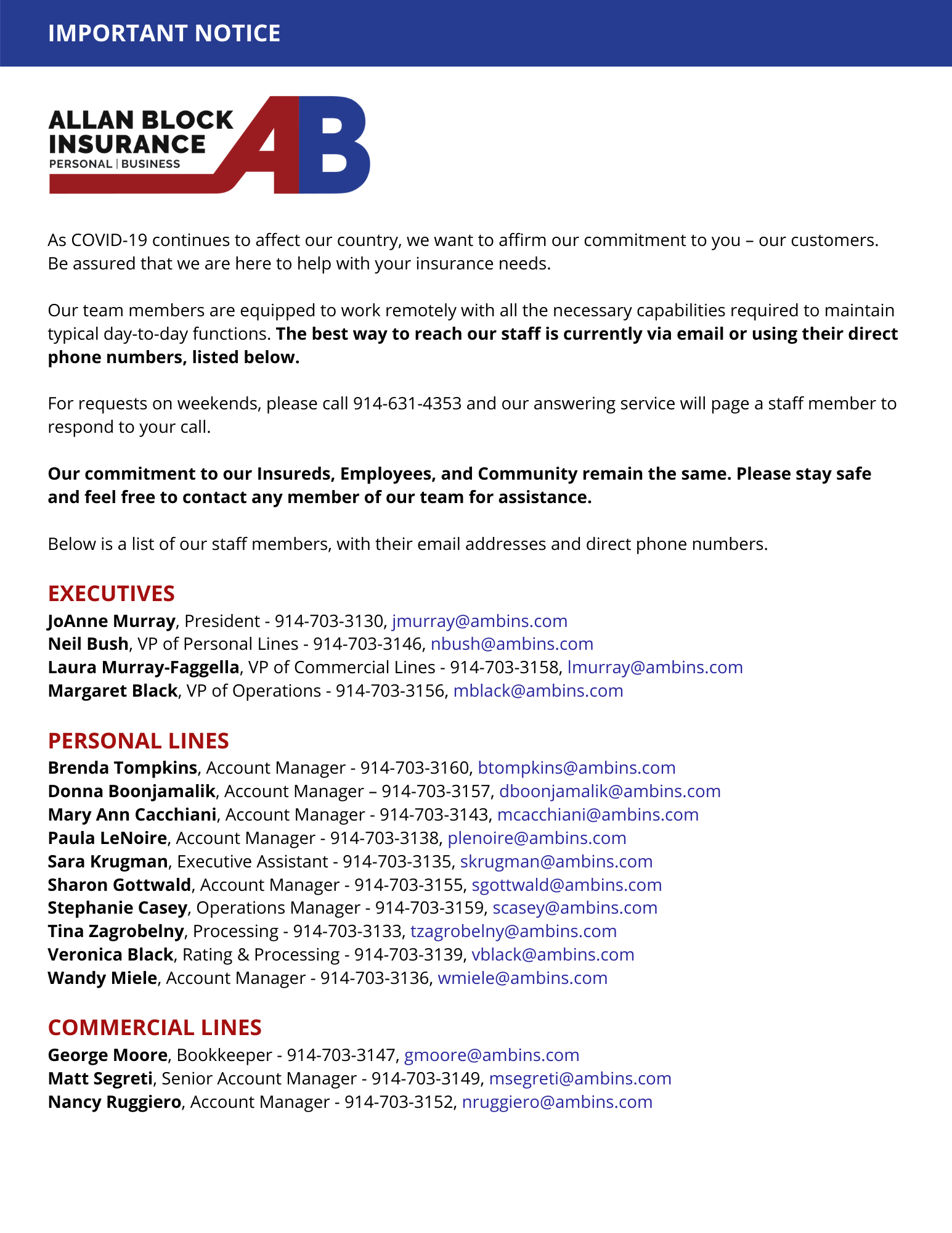Often, we think of theft occurring at for-profit businesses, but associations and nonprofits are also vulnerable. Anything from direct employee pocketing of cash to complicated embezzlement schemes can harm an organization’s financial stability and leave it with surprising shortfalls and potential legal repercussions from donors.
While every organization should vet its employees, board members and volunteers—anyone who has access to money—taking the extra step of insuring against losses is part of responsible operational practices. Crime and fidelity insurance and employee dishonesty insurance can protect your nonprofit’s coffers if a loss occurs.
Employee dishonesty insurance and bonds cover money stolen by someone your group has hired. Crime and fidelity insurance may extend coverage to unpaid board members, committee members, volunteers, and others who have access to funds entering, leaving or in accounts held by your organization, including third parties affiliated with your group. Covered losses typically include theft, check fraud, wire fraud and computer fraud.
In some cases, state law sets minimum levels of acceptable coverage. In other cases, an organization’s bylaws determine such thresholds. In all cases, foregoing coverage is folly. But insurance alone is not enough. Your nonprofit should have business rules that protect against misuse of funds.
Such risk management practices can include automated banking alerts that notify multiple parties when large transactions occur, balances fall below a certain level, or unauthorized users attempt to access accounts. Regular audits performed by an independent party are a must. Requiring two signatures for any fund transfers can help; so can having different individuals responsible for depositing funds and reconciling bank statements.
Financial malfeasance can harm the reputation and fundraising power of a nonprofit, so follow best risk management practices and get the added protection of proper employee dishonesty and crime and fidelity insurance.



